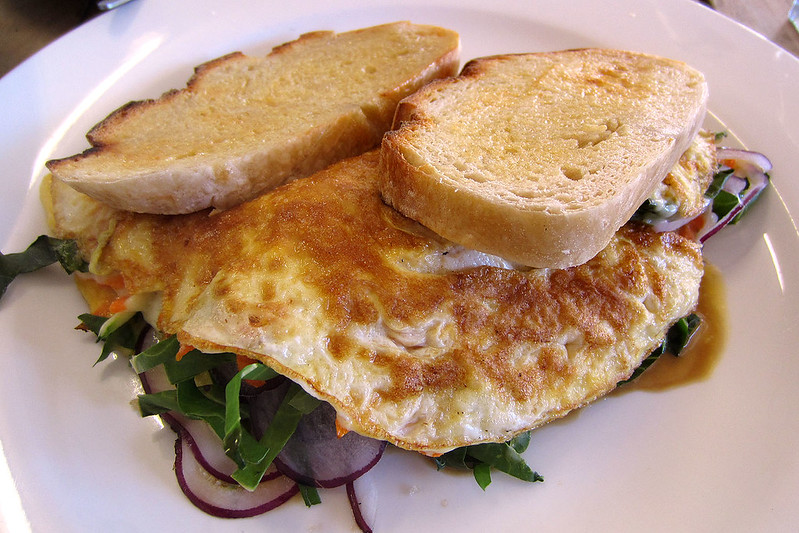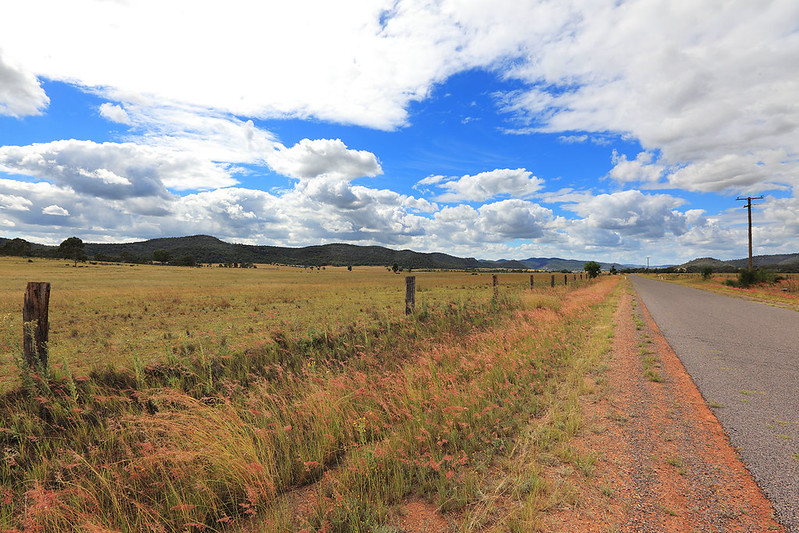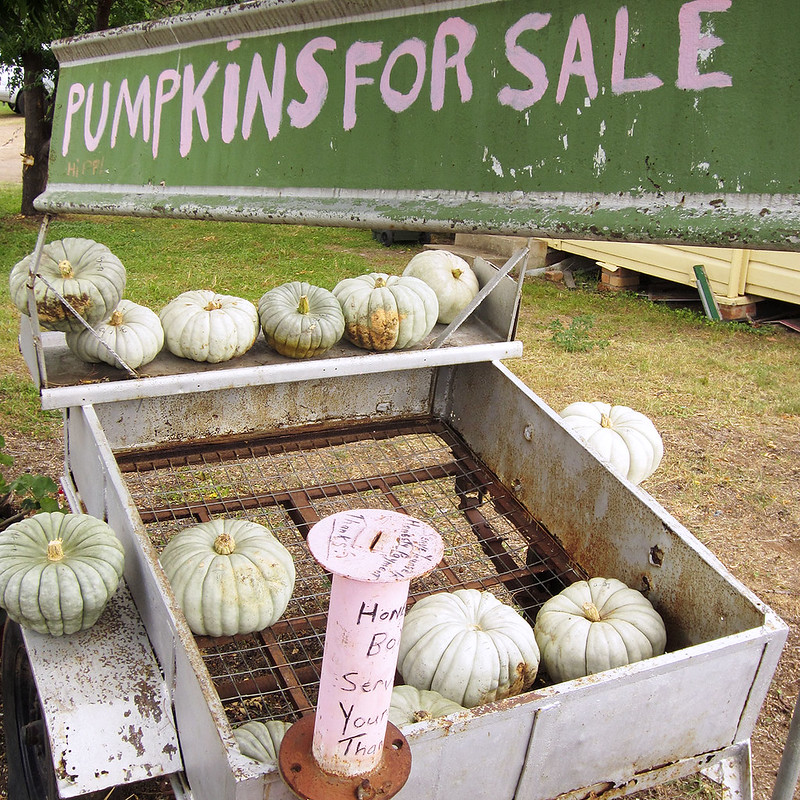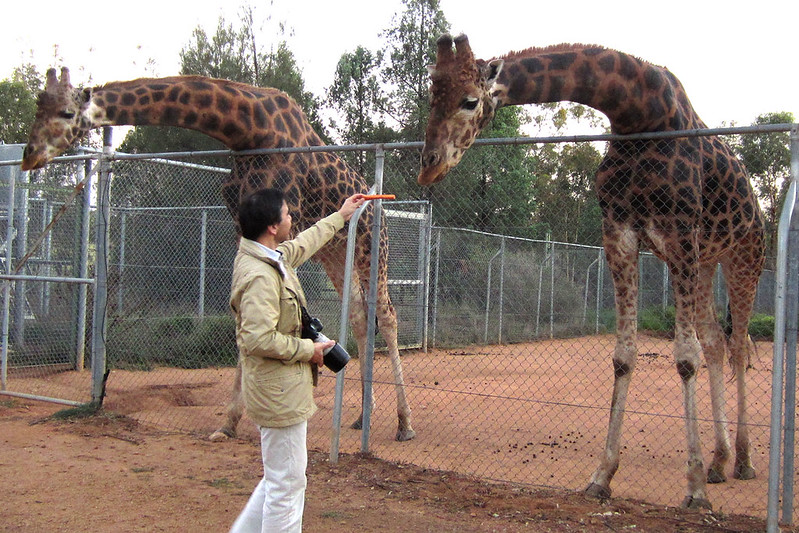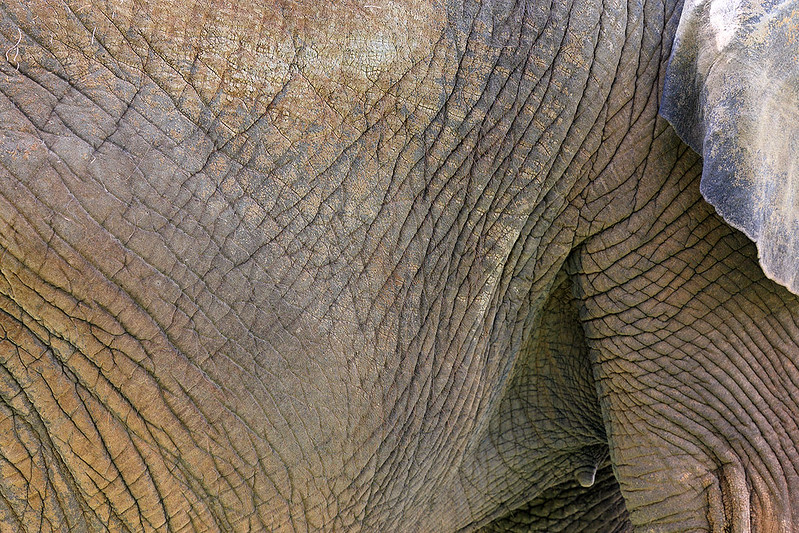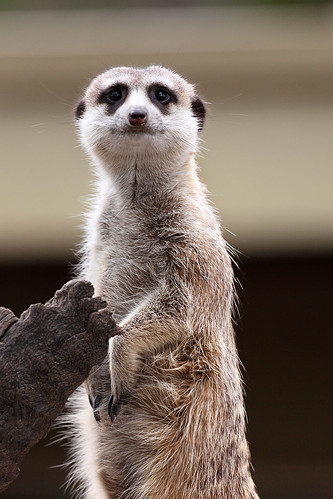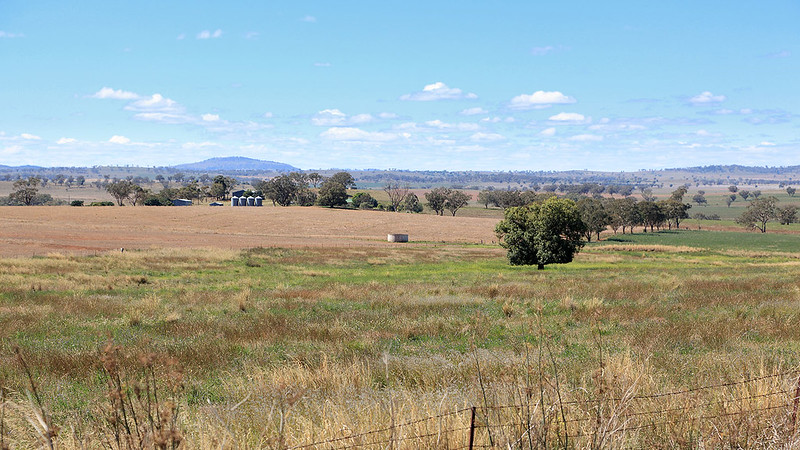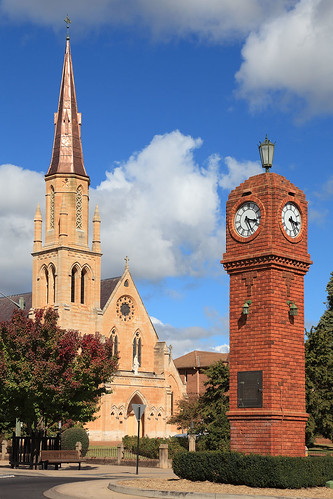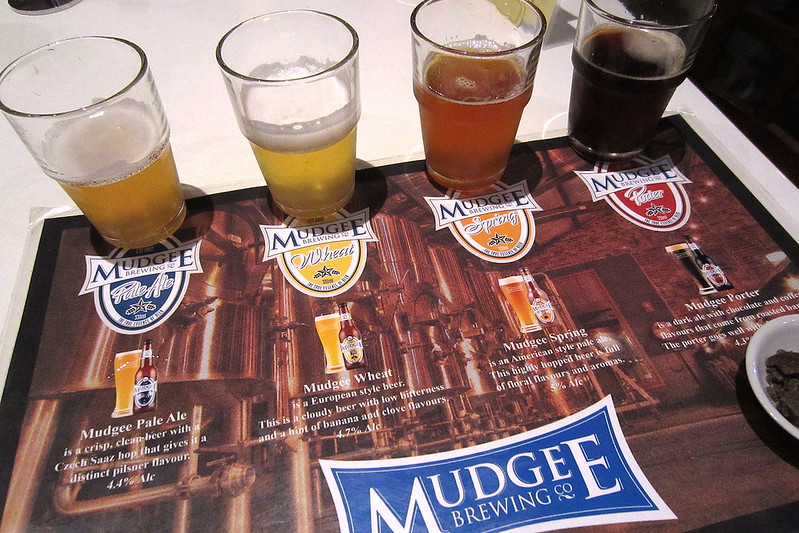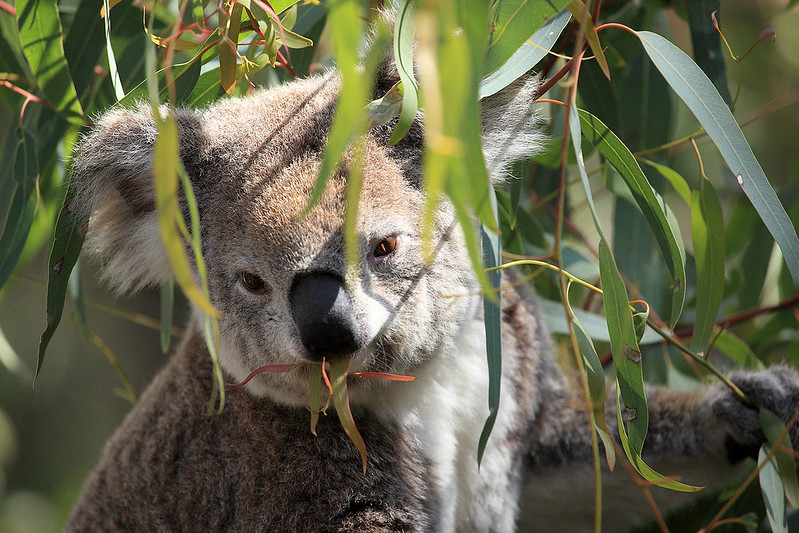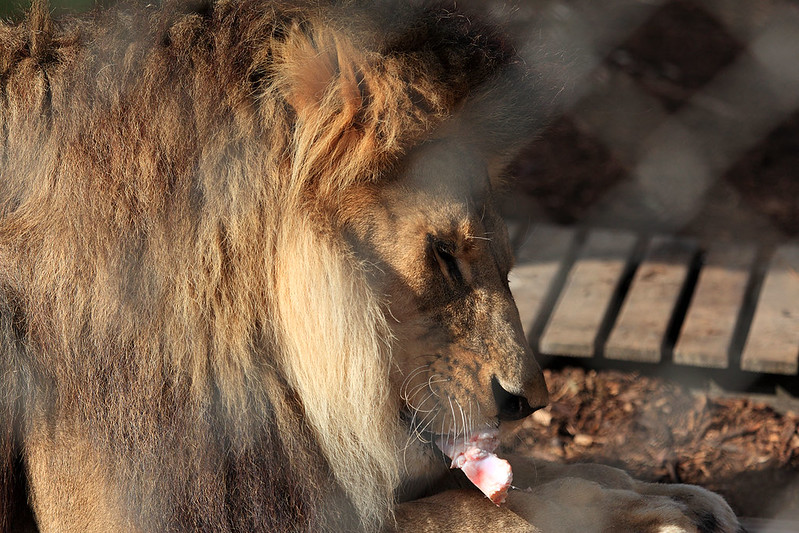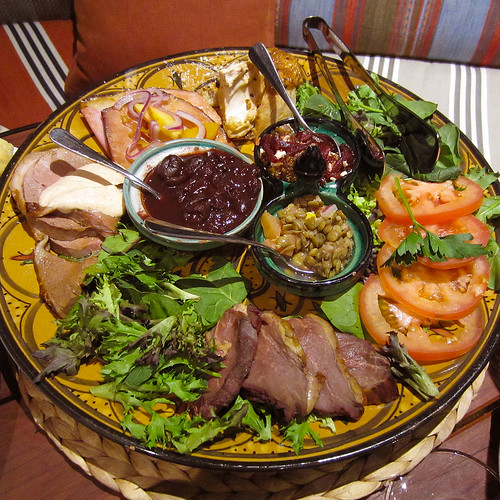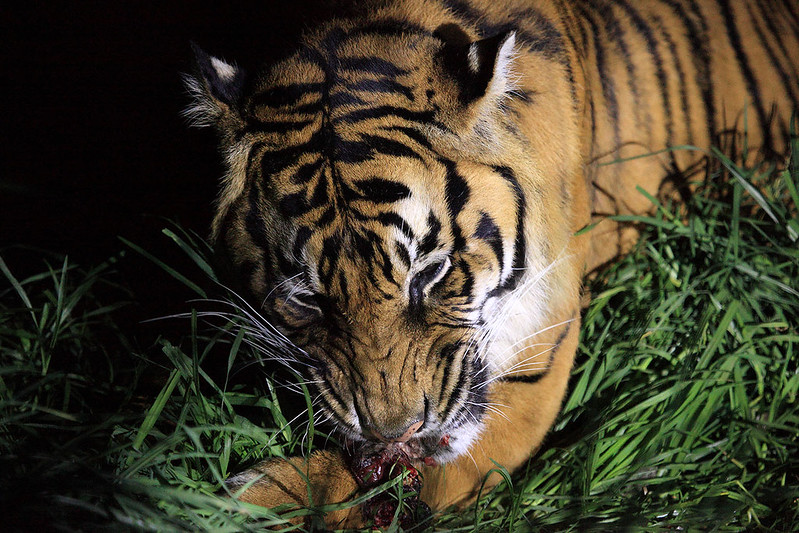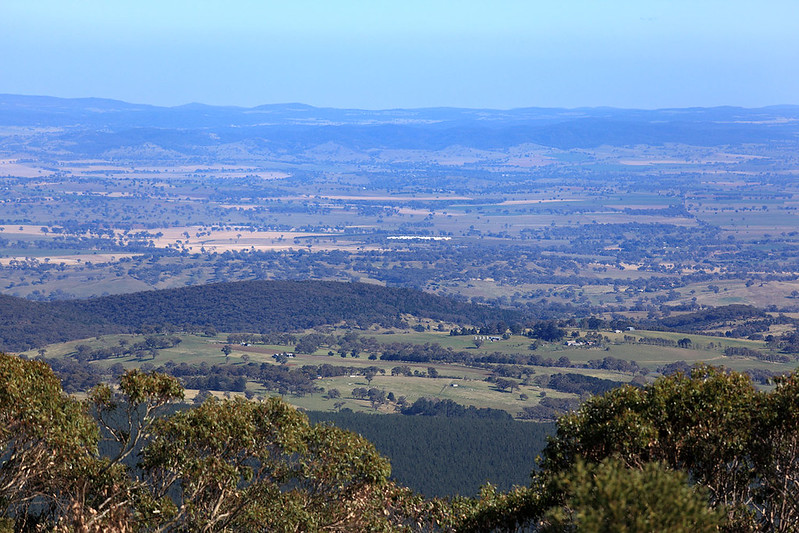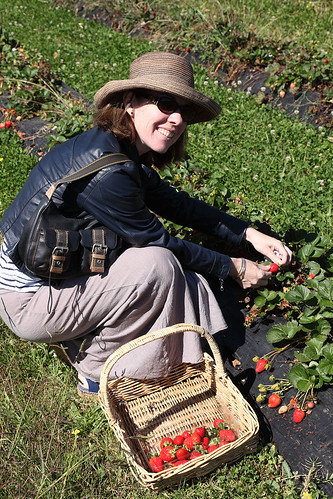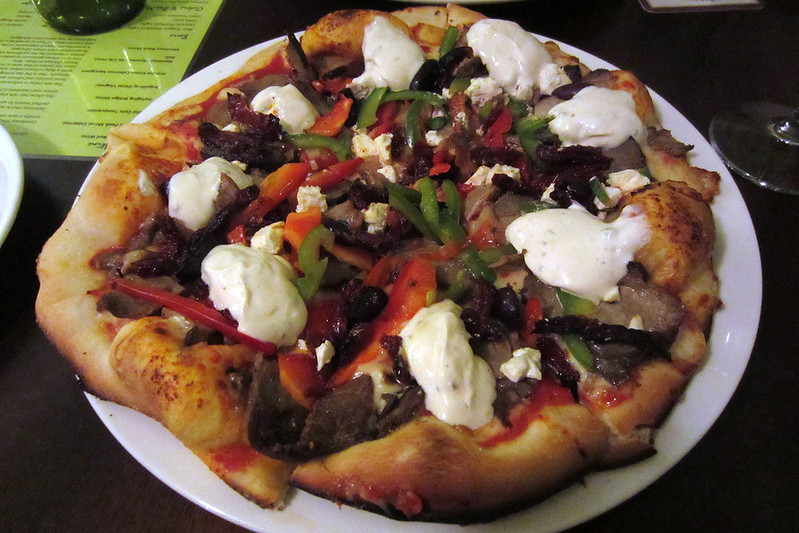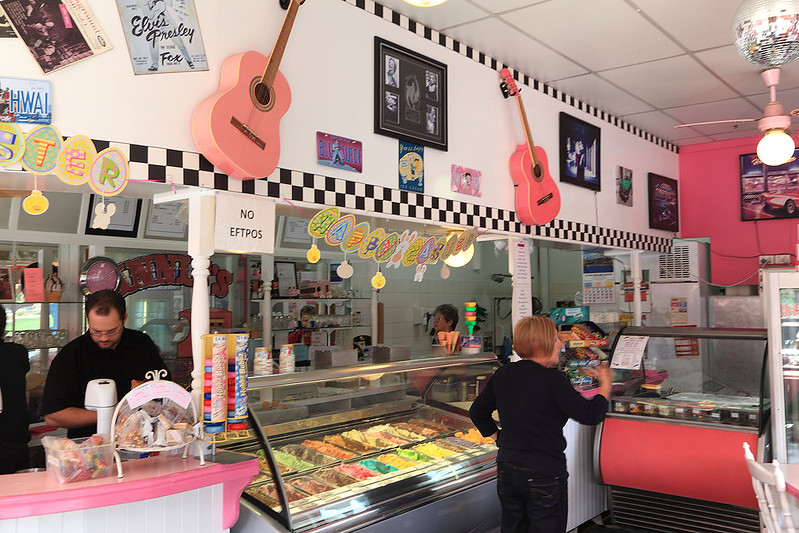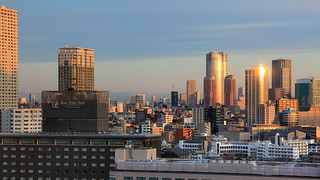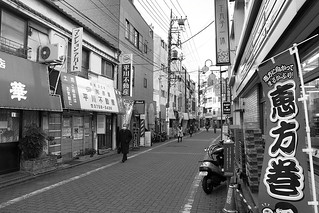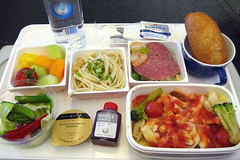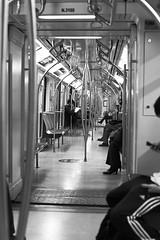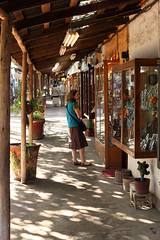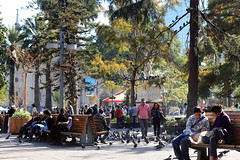The first two days of this trip to Japan are written up here and here, posted back in January. I thought I should post the rest of the trip some time!
Thursday, 24 January, 2013. 15:32
I am having a break after my last meeting for the day, before my business partners here take me out for dinner.
The day began with me waking up early again, and getting up just before 07:00. I showered and dashed down to the 7-11 to get some sushi for breakfast again, and munched it in my room as I finished typing up yesterday’s diary. I was ready to leave about 08:30, rugging up for a morning spent outside exploring the Meiji Shrine. I caught the Yamonote line train one stop past Shibuya to Harajuku.
Leaving the station, I turned across a bridge back over the rail line and into the large forest park which surrounds the shrine. The trees were mostly broadleaf evergreen types which I was unfamiliar with, so the forest was deep and dark green, even in the winter. There were piles of unmelted snow in many places. There was a broad path covered with small pieces of crunchy gravel, leading under a huge tori gate into the depths of the forest. I’d arrived early enough that there weren’t many people around, though not long after some tour groups began arriving. I strolled along the path, crossing a stone bridge, and then past a display of traditionally colourfully painted sake barrels arranged in a long wall along one side of the path. Opposite the sake barrels were oak wine barrels, with a sign explaining that they were from Bourgogne in France, to be blessed here at Meiji on a sort of cultural exchange between France and Japan.
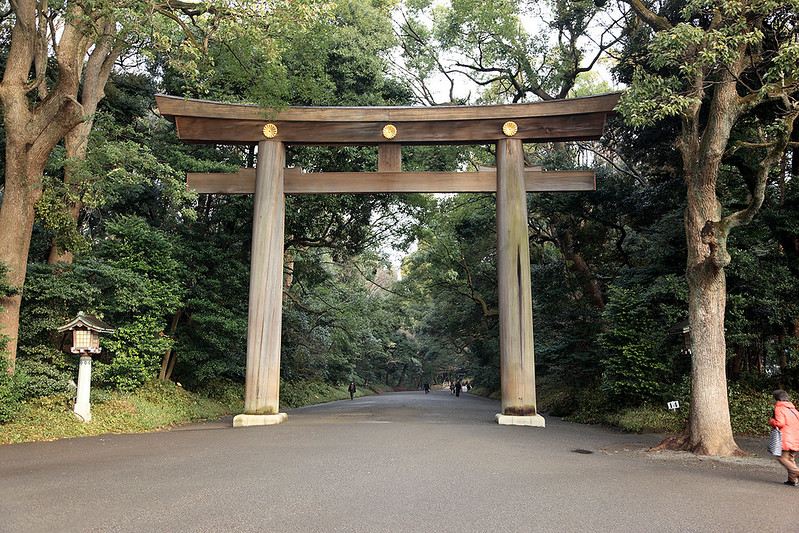 Entrance torii to Meiji-Jingu. |
Past these, the path turned left, heading past an entrance to an inner garden, then doglegged right again before arriving at the Meiji shrine itself. I performed the ritual of purification at the small fountain by the entrance, scooping up icy cold water in a bamboo ladle, washing my hands with it, and rinsing out the mouth. I’d read how the ritual goes in a guidebook, but there was also a helpful sign there explaining it in English. It was really quite cold so the water on the hands was almost painful until it dried off. Then I walked inside the shrine to explore. I hadn’t known quite what to expect, and thought the place would be taller, but it was essentially a large courtyard surrounded by low walls, with gates at the centre of the four walls. I entered through the south gate. The north gate led to a second, inner courtyard, but it was roped off and you weren’t allowed in. East led to another smaller courtyard which I explored, and west led out of the shrine and back into the forest.
Soon after I arrived, a procession of about 30 people, men and women, dressed in white Shinto robes with brightly coloured sashes of various colours, entered and walked in line around the shrine and to the inner courtyard, where they started performing some form of ritual involving chanting and bells or gongs. Around the inside walls of the shrine were panels covered in large Japanese calligraphy. The architecture was beautiful, very traditional Japanese in style. Apart from a few other tourists and visitors, the place was mostly full of firefighters and emergency teams in uniform, running around with fire hoses and megaphones and stuff. It appeared to be a full on fire drill of some sort, and there were even two bright red fire engines parked outside the east and west gates. At one stage three people in Shinto robes went running across the shrine carrying fire extinguishers. There was obviously no real emergency, as nobody directed any of the visitors to do anything, but it was kind of weird.
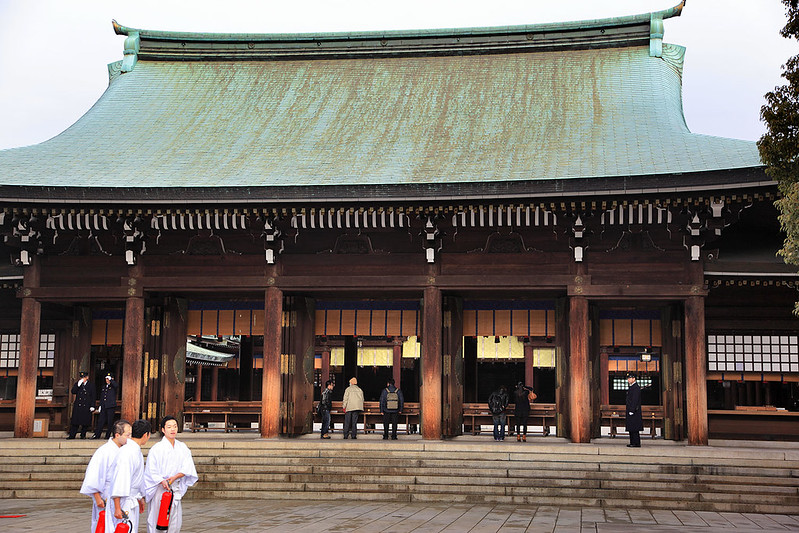 Shinto monks in Meiji-Jingu (with fire extinguishers!). |
Leaving the shrine, I went back to the garden entrance and paid the 5000 yen “maintenance fee” to enter. This was well worth it, as the garden consisted of a maze of narrow paths winding among the trees, leading variously to a spring and well that signage indicated was historically important, beds of what would presumably be beautiful flowers in spring but were now covered in snow, a gentle hill covered in carefully groomed shrubs leading up to a traditional Japanese ceremonial house of some sort, and a large pond. The pond was half covered in ice where the sun was obstructed by the overhanging trees, but large carp and koi goldfish could be seen eagerly waiting for food near the approachable bank. It was a lovely scene. As I was about to leave and continue walking around the paths, an old man indicated to me with gestures of wings and pointed at a spectacular blue bird sitting on a twig over the pond. I thanked him and took some photos, then turned around to see him feeding some other small birds, brown with bright orange and yellow markings, right from his hand. He posed for photos with a bird on his hand, then offered me a peanut and indicated to hold it out. I did so, and a couple of the birds in succession flew down, landed on my hand, and pecked little bits of the nut until it slipped out of my fingers and one bird flew off with the whole thing.
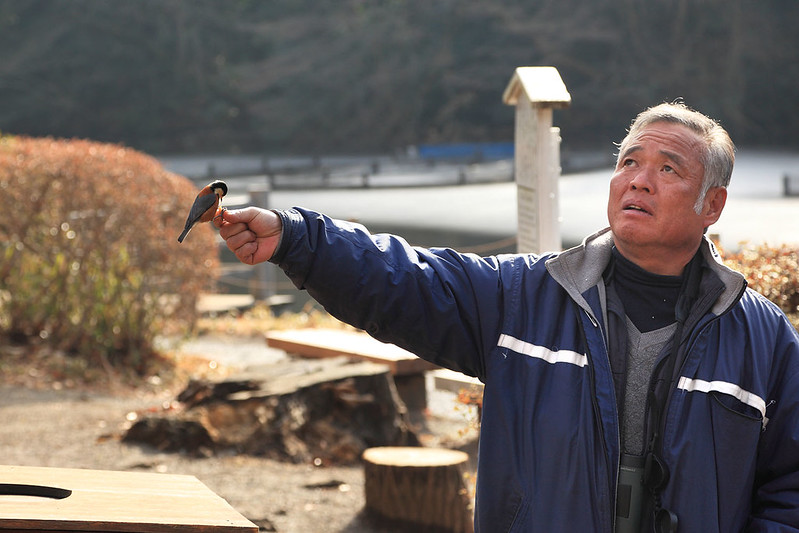 Man feeding birds in Meiji-Jingu gardens. |
I could have spent longer here admitting the garden, but with time slipping away I took a path back to the entrance and headed back out along the broad path to Harajuku station. I figured I’d just about have time to stop off at Shinagawa to collect my laptop and business notebook, then head to Shimomaruko and stop for lunch at a local dining establishment somewhere there before my appointment at Canon. As it turned out, the train trips took a bit longer than I’d anticipated, and by the time I got to Shimomaruko I only had half an hour to my appointment time. I remembered the 7-11 near the station and went there, intending to get some take-away food, but then I noticed a local sushi shop across the street. It looked much more inviting than 7-11, so I went over and looked at the offerings, which were apparently being made by a lady working in the kitchen behind the display. She paid me no attention and I wondered if she’d come ou to serve me, when I realised that the display had sliding glass doors that I could open to select what I wanted. When I did so, the woman moved out of the kitchen to a cash register on the side and took my money for the sushi.
I took the sushi to the small park I’d passed yesterday and sat on a bench to eat it. A horde of pigeons approached as I opened the food, but rather than being annoying and persistent, they cleared off again pretty quickly. I guess they had no patience. The sushi was better than anything I would have got at 7-11, that’s for sure. That finished, I wanted something sweet to take away the saltiness of the soy sauce, and had a look at the fruit stall nearby. My eye was drawn to what looked like very large dried apricots, packaged in threes. I picked one up, and found they were about 2 centimetres thick each. I figured they weren’t apricots, but I had no idea what they were. I decided to buy them anyway, and ate them while walking down the street to Canon. I think they may have been semi-dried persimmons, but whatever there were they were juicy, sweet, and delicious, with no seeds at all, but a hard stem attachment at one end.
I made it to my appointment with a minute to spare, and was whisked off again into the world of business meetings. After some discussions, followed by presenting my current planned work to a room full of intimidating bigwigs and senior managers, I breathed a sigh of relief as a more junior worker escorted me to a room to wait for our dinner excursion after knock-off tonight.
21:39
I am back in the hotel after a very interesting and enjoyable meal with the guys from work. There were six of us all together, and we left the Canon offices at about 17:20, walking back through the village to Shimomaruko station, where we caught the train to Kamata and then changed on to a southbound train for the one stop to Kawasaki. Here we alighted amidst crowds of commuters heading home and made our way into a large shopping centre. Our destination was on the fifth floor, but it appeared none of the guys had been there before and we took a roundabout route that involved climbing up three floors in the fire stairs. Eventually we got the restaurant and were shown to a table next to a panoramic window overlooking the bustle and bright lights of the street below.
I was given the seat farthest from the door, which I’d read in a guidebook was the custom for special guests. The restaurant specialised in shabu-shabu, which we’d looked up on the net just before leaving work, resulting in the Japanese guys learning the new work “onomatopoeic”, “shabu-shabu” being akin the sound made when swirling thinly sliced beef through boiling water with chopsticks. For this is how we cooked our meal ourselves at the table. A boiling pot of water was inset into the middle, and the waitress in a kimono brought out plates of paper-thin beef slices. She placed some cabbage, mushrooms, and tofu into the boiling water, then let us serve ourselves. Waving the beef slices in the boiling water cooked it in just a few seconds, and then we had two bowls each into which to place the hot beef, one containing a light soy-based sauce, the other a sesame sauce. There were also condiments of chili and daikon, chopped shallots, and another one which I didn’t quite get, but which appeared to have tiny pieces of raw fish mixed with a grated white substance which could well have been more daikon. We started eating the beef, then people began fishing out the vegetables and tofu as well. There were also mochi pieces, and when I said I liked mochi, they dumped several in, suggesting I wait a few minutes before pulling them out. When I did so, the mochi was very soft and gooey, difficult to grab with the chopsticks, and stretchy like hot mozzarella. It was chewy, but yummy with the sesame sauce.
 Eating shabu-shabu. |
As we finished off the plates of beef slices, the waitress brought more. And more. And more. We must have gone through about 20 plates of beef slices before some of the guys started patting their stomachs and claiming to be full. And still more beef came! I was completely stuffed, but everyone kept eating slowly for another half hour or so, until eventually we could do no more, and waved at the waitress for dessert. I told them about the Australian tradition of the “dessert stomach”, and they said in Japan they had the same thing, calling it the “second stomach”. As it turned out, the desserts were very small serves of ice cream. I got honeydew melon flavour, while others got green tea or yuzu, a type of citrus fruit.
The dinner done, we walked back to the station. The manager suggested I catch a Tokaido line train instead of the usual Kehin-Tohoku line I would have caught, as the Tokaido was an express which skipped all the stations between Kawasaki and Shinagawa. We shook hands and waved goodbye, and I headed down to the platform to get my train. I had a five minute wait, but the train was very fast indeed, and I got back to my hotel around 21:00. I picked up my second green cleaning voucher from the hotel reception (a 5000 yen bonus if you elect not to have your room cleaned). With two of them now, I went down to the hotel convenience store to spend them, picking up some souvenir lacquered chopsticks and an ice cream sandwich to make up the value almost exactly.
And now, it’s time to turn in for the night, ready to head out tomorrow for some last minute sightseeing before heading to the airport in the afternoon.

